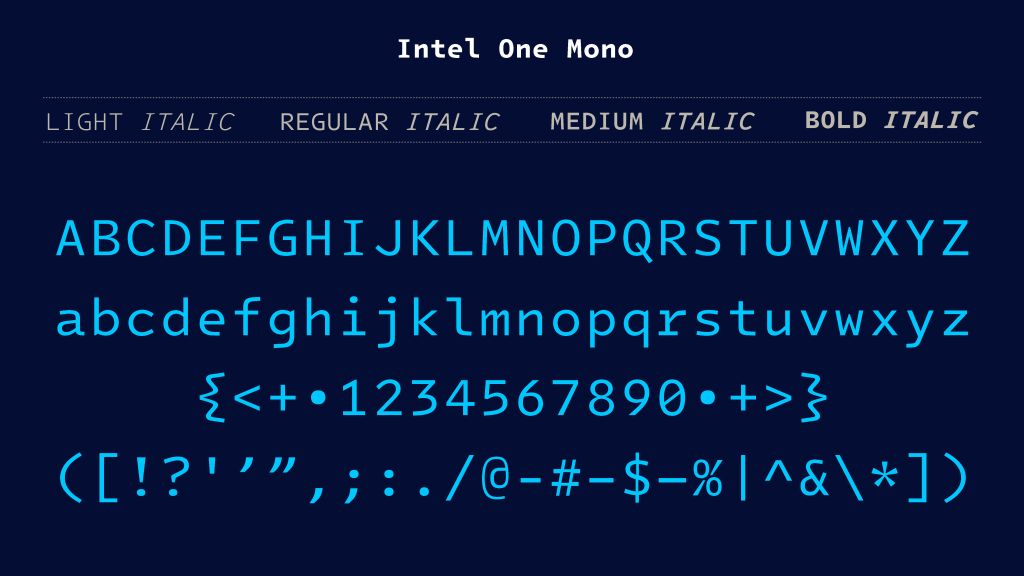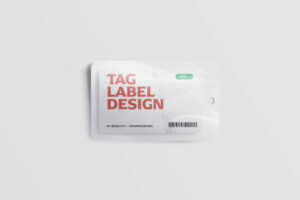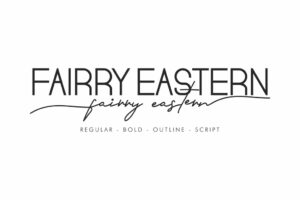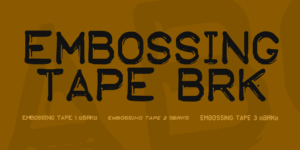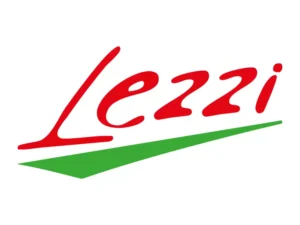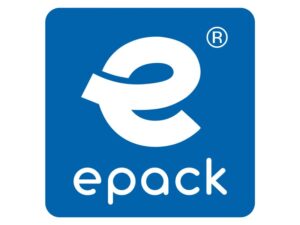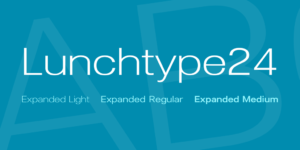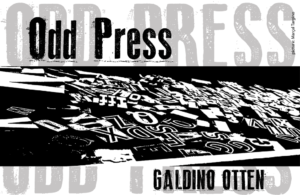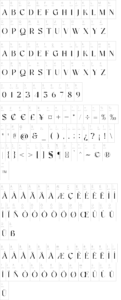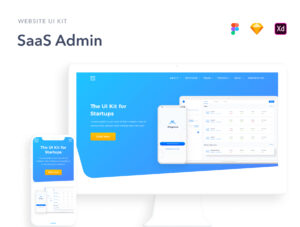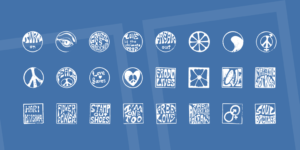About Author Notes
Introducing Intel One Mono, an expressive monospaced font family that?s built with clarity, legibility, and the needs of developers in mind.
It?s easier to read, and available for free, with an open-source font license.
Identifying the typographically underserved low-vision developer audience, Frere-Jones Type designed the Intel One Mono typeface in partnership with the Intel Brand Team and VMLY&R, for maximum legibility to address developers’ fatigue and eyestrain and reduce coding errors. A panel of low-vision and legally blind developers provided feedback at each stage of design.
Intel One Mono also covers a wide range of over 200 languages using the Latin script. The Intel One Mono fonts are provided in four weights ? Light, Regular, Medium, and Bold ? with matching italics, and we are happy to share both an official release of fonts ready to use as well as editable sources.
Activating the Fonts in Code Editors
VSCode – In Settings, search Font Family, then specify IntelOne Mono
Sublime Text – Go to Sublime Text -> Preferences -> Settings and set font_face to IntelOne Mono
Font Formats
We recommend the .otf or .ttf format for desktop use.
The .ttf files are also well suited for mobile apps.
The .woff and .woff2 fonts are optimized for web use.
Screen Rendering and Size Ranges
We recommend using these fonts at 7 points and larger in print, 9 pixels and larger on screen. The .ttf, .woff and .woff2 fonts provided in the official release have been manually optimized for screen display, improving clarity and legibility, especially on Windows platforms.
Available OpenType Features
Outside of the default characters, there are a few extra features that are accessible in some applications, as well as via CSS:
Raised Colon: there is an option for a raised colon, either applied contextually between numbers or activated generally. The contextual option is available via ss11 (Stylistic Set #11), or use ss12 (Stylistic Set #12) or salt (Stylistic Alternates) for the global switch.
Language Support: ccmp and locl features ensure correct display across a wide range of languages. These are usually activated by default. We recommend setting the language tag/setting in your software to the desired language for best results.
Superior/superscript and inferior/subscript figures are included via their Unicode codepoints, or you can produce them from the default figures via the sups (Superscript), subs (Subscript), and si (Scientific Inferior) features.
Fraction numerals are similarly available via the numr (Numerator) and dnom (Denominator) features. A set of premade fractions is also available in the fonts.

